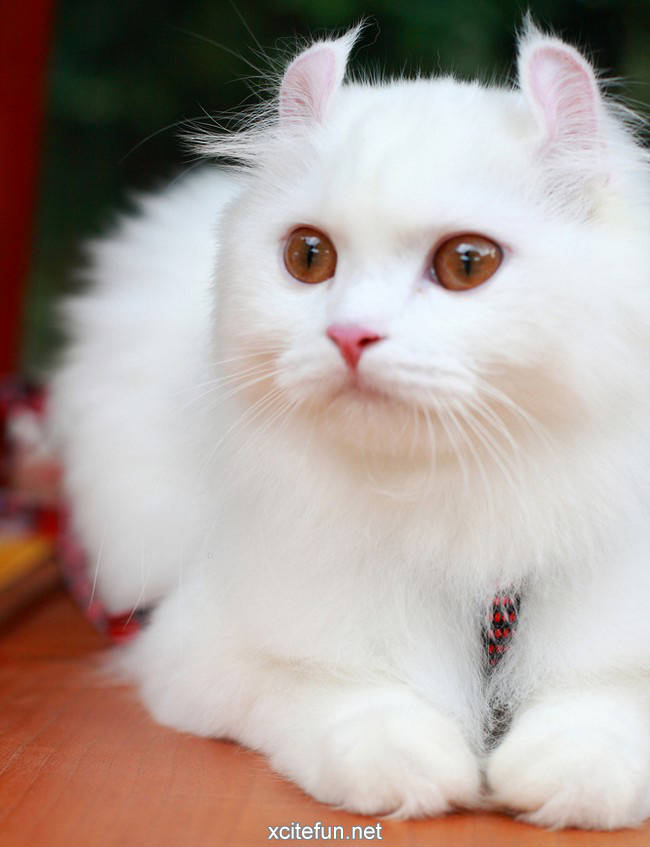
Choosing the best cat litter for your feline good friend can be a challenging task given the myriad of alternatives readily available on the marketplace. This detailed guide will dig into the different types of cat litter, their benefits, downsides, and everything in between to help you make a notified decision.
The material of the cat litter plays a crucial role in its effectiveness. Common products consist of clay, silica gel, recycled paper, wood, corn, wheat, and walnut shells. Each material uses unique advantages and potential downsides.
Clay-based litters are the most conventional and widely utilized due to their high absorbency and clumping capabilities, which make clean-up much easier. However, they can be dirty and may not be the very best choice for cats or people with breathing problems. Silica gel crystals are highly absorbent, control smells efficiently, and are low maintenance given that they do not require to be changed as regularly. Nevertheless, they can be more expensive and some felines might not like the texture. Eco-friendly litters, made from recycled paper, wood, corn, wheat, and walnut shells, are environmentally friendly choices. They are typically dust-free and great for cats with allergic reactions, but their smell control and clumping capabilities vary commonly.
The choice between clumping and non-clumping litter is substantial. Clumping litter forms strong masses when wet, making it easy to dig urine and feces, thus maintaining a tidy Self Cleaning Litter Boxes litter box. Non-clumping litter absorbs moisture however does not form clumps, which may cause more frequent modifications of the whole litter box.
Odor control is a leading priority for many feline owners. Litters are typically infused with baking soda or charcoal to reduce the effects of odors. Preserving a fresh litter box also needs regular scooping, preferably twice a day, and following the maker's guidelines for changing the litter cat litter alternatives and cleaning up the box.
The health of your feline and the ecological impact of the litter are also essential aspects. Dust-free or low-dust choices are much better for respiratory Robot Litter Boxes health. Naturally degradable litters offer an environment-friendly alternative to clay, which is strip-mined and not renewable. Furthermore, it's vital to be aware of any allergies your cat might have to specific products.
Cost is an important factor to consider, as the rate of cat litter can vary considerably. While silica gel and some eco-friendly litters may be more pricey upfront, their longevity can provide cost savings in the long run. Conversely, clay litter is often less expensive however requires more frequent replacement.
Ultimately, the very best cat litter is one that suits both your and your cat's preferences and requirements. It might take some experimentation to discover the best match. Take note of your cat's habits and convenience, as well as the litter's performance in regards to smell control, absorbency, and upkeep.
Choosing the right cat litter contributes considerably to your cat's health, joy, and the tidiness of your home. By considering the material, clumping ability, odor control, health impacts, ecological results, and expense, you can make an educated decision that benefits both you and your furry companion. Remember, what works best for one cat may not suit another, so be willing to experiment until you find the ideal solution.